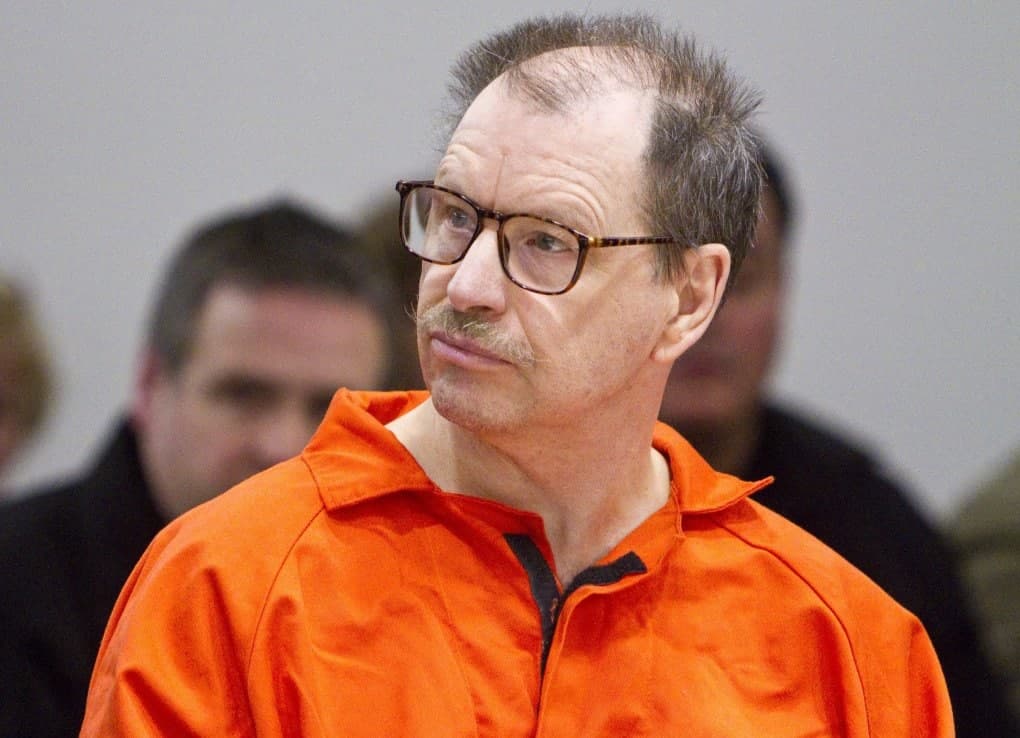Ted Bundy’s name inevitably pops up whenever there is a discussion about American serial killers. He murdered over 30 people in at least seven states and escaped custody on two occasions (once in prison, once in a courtroom). Bundy was finally tracked down, sentenced to death and executed via the electric chair in Florida in 1989. He was a cold-blooded killer who used his charm to seduce his female victims. A significant number of his victims willingly entered his Volkswagen Beetle; few survived the ordeal.
Not content with merely killing women, he tortured and raped them and occasionally performed depraved acts with the corpses. Bundy decapitated at least 12 of his victims and derived a sick pleasure from his gruesome deeds. An attorney on his last defense team described him as: “the very definition of heartless evil.” In this article, I look at 6 odd facts about this vile human being.

1 – He Helped the Green River Killer Task Force
In a bizarre situation akin to Silence of the Lambs (where Hannibal Lecter worked with the FBI to catch Buffalo Bill), Bundy helped the police catch the infamous Green River Killer. In fact, the strange event was the inspiration for the book and movie. Detective Robert Keppel received a letter from a man who wanted to be part of the Green River task force. The man was none other than Ted Bundy. Even more bizarre is the fact that Keppel is one of the people who took the serial killer down.
Of course, Bundy’s motives were typically selfish and sick. He wanted to relive his glory days as a predator on the loose and was clearly aroused when hearing the details of the sick Green River Killer’s deeds. It is important to note that while Bundy didn’t provide any insights that led to the eventual capture of Gary Ridgway, he did provide Keppel with useful information on how a killer’s mind works.
For example, he told the police to set up a sex-slasher film festival and set up video surveillance on attendees. Although Keppel said he couldn’t do that, Bundy was adamant that the footage would help identify future murderers. Bundy provided even more pertinent help when he correctly stated that Ridgway would return to the scenes of the crimes; this is because Bundy did the same thing. Although the police set up surveillance along the Green River, media presence ruined the whole stakeout according to Keppel. He said one of the Seattle media outlets had a helicopter in the sky looking at the undercover vehicles. It effectively acted as Ridgway’s eye in the sky.
The Green River killings stopped in 1983, but the police finally got their man in 2001. Gary Ridgway was caught, and DNA evidence linked him to four of the murders. He pled guilty to 48 murders in total. As part of a plea bargain to avoid the death penalty, another conviction was added to make it 49. He later confessed to a total of 71 murders.

